Illinois Housing Development Authority (IHDA) Access Down Payment Assistance Program
Illinois Housing Development Authority (IHDA) Access Down Payment Assistance Program: A First-Time Buyer’s Roadmap
You found the perfect Chicago bungalow—or maybe a historic duplex in Peoria. But that down payment? It can feel like climbing the Willis Tower without stairs. Enter the Illinois Housing Development Authority (IHDA) Access Down Payment Assistance Program, a lifeline that can cover up to 4% of your loan amount and put the keys in your hand faster than you think.
Quick Snapshot
- Benefit: Up to 4% of the purchase loan (maximum $6,000) toward down payment or closing costs.
- Format: 2nd mortgage, 0% interest, forgiven after 10 years if you stay in the home.
- Who qualifies? Illinois first-time and repeat buyers meeting income, credit, and purchase-price limits.
- Source: Illinois Housing Development Authority (IHDA)
How Does the IHDA Access Down Payment Assistance Program Work?
The Illinois Housing Development Authority (IHDA) Access Down Payment Assistance Program functions as a second mortgage layered on top of your primary 30-year fixed loan. Think of it as a quiet passenger—no monthly payments, no interest, and no drama as long as you live in the property for at least ten years. Move or refinance before the decade mark? You’ll repay a prorated balance. Wait it out and the debt vanishes like last season’s snow.
Behind the scenes, IHDA funds are delivered to your closing table, reducing the cash you need to bring. Because the assistance equals 4% of your loan size, the program scales: a $200,000 mortgage could secure an $8,000 cushion—though IHDA caps the benefit at $6,000. That’s often enough to cover the entire FHA 3.5% down payment plus a chunk of closing fees.
Why 4% Matters in 2024
Mortgage Bankers Association data shows the average Illinois buyer puts 6% down. By shaving two thirds of that requirement, IHDA opens doors for renters who pay bills on time but haven’t stashed five-figure savings. The program also preserves your emergency fund—critical when unexpected furnace repairs lurk like potholes after a Midwestern winter.
Who Is Eligible for IHDA’s 4% Access Program?
Qualifying is less intimidating than it sounds. The Authority sets guardrails, yet tens of thousands meet them annually. Here’s the distilled checklist:
- Credit Score: 640+ for conventional; 620+ for FHA, VA, or USDA.
- Income Limits: Top out at roughly $125,000, but vary by county and household size.
- Purchase-Price Caps: Around $400,000 in high-cost counties, lower elsewhere.
- Occupancy: Must live in the home as a primary residence within 60 days of closing.
- Homebuyer Education: One-hour online module followed by a 20-minute counseling call.
Not a first-timer? You may still qualify if buying in a targeted area (e.g., certain tracts in Rockford, Danville, or Belleville) or if you haven’t owned a home in the past three years.
Micro-Story: From Rent Raise to Rate Lock
Last summer, Sara—a Springfield nurse—faced a $300 rent hike. Instead of moving apartments, she rerouted her weekly diner budget and attended IHDA’s required webinar. With a 655 credit score and $4,200 in savings, she closed on a $185,000 ranch in September. The IHDA Access Down Payment Assistance Program provided $6,000, covering her entire 3.5% FHA down payment plus appraisal fees. Three months later, her mortgage and taxes were $74 less than her old rent.
Is the IHDA Access Down Payment Assistance a Grant or a Loan?
Technically, it’s a forgivable loan. The funds sit in second-lien position but collect 0% interest and zero payments. After year ten, IHDA records a release of lien, and the obligation disappears. This structure lets the Authority recycle dollars from early payoffs and assist more buyers—an economic flywheel that has spun since 2007.
For the buyer, the experience feels grant-like because no monthly bill arrives. Yet the loan classification allows lenders to treat the assistance more flexibly inside underwriting software, which speeds approvals.
Hidden Perks Most Buyers Overlook
Beyond the headline “4% down payment help,” the IHDA Access DPA includes subtle features that amplify its value:
- No Penalty for Recapture Tax: Unlike some bond programs, IHDA borrowers are shielded from the federal recapture tax if they sell quickly at a gain.
- Combines with TaxSmart MCC: Pairing the IHDA mortgage credit certificate can shave up to $2,000 off your IRS bill every year.
- Conventional 97% LTV Option: Borrowers who qualify for HomeReady or Home Possible can layer IHDA with only 3% down, reducing private mortgage insurance.
- Assumable for FHA/VA: Future buyers may take over your low-rate first mortgage (second must be repaid), an attractive edge if rates climb.
How to Apply for the Illinois Housing Development Authority (IHDA) Access Down Payment Assistance Program
Forget one-size-fits-all portals. IHDA funnels applications through approved lenders, a statewide network of roughly 150 banks and mortgage companies. Here’s a step-by-step route:
- Pre-Qualification: Inquire with two or three IHDA-certified lenders; ask for “Access Forgivable 4%” by name.
- Upload Docs: Pay stubs, W-2s, and two months of bank statements. Lenders use IHDA’s income worksheet—simpler than Fannie Mae’s Form 1008.
- Complete Education: Take the free online course. Keep the certificate PDF handy; your loan processor attaches it to the IHDA reservation.
- Sign Reservation: Your lender locks first-mortgage rate and reserves IHDA funds—usually within 48 hours.
- Close & Celebrate: Funds hit the settlement statement under “IHDA Access DP Assistance.” Snap that front-porch selfie!
Internal IHDA records show 86% of Access borrowers in 2023 closed within 45 days, beating the national average for low-down-payment loans by nearly a week.
Because the program’s underwriting overlays are refreshingly light—mirroring the primary loan guidelines rather than stacking new hurdles—you won’t find the red-tape labyrinth that plagues some municipal grants where a single missing date on a pay stub can derail the entire transaction for months.
Can You Use IHDA Assistance With New Construction?
Yes, but timelines matter. IHDA will not hold funds indefinitely while a home is built; the mortgage must close within 180 days of reservation. Savvy buyers coordinate with builders offering 90- to 120-day delivery windows. A little-known tactic: lock the loan after drywall inspection to cushion interest-rate volatility, then modify to final pricing without resetting the IHDA clock.
In 2022, 11% of IHDA Access loans financed brand-new homes—often in suburban infill developments where smaller lots keep prices under county caps.
Common Misconceptions Debunked
Even seasoned Realtors repeat myths about Illinois down payment assistance. Let’s separate fact from fiction:
- Myth: “IHDA assistance runs out every year.”
Reality: Funding is continuous; Access is not first-come-first-serve like some city grants. - Myth: “I have to empty my savings first.”
Reality: IHDA allows up to $50,000 in liquid assets post-closing; they just want to see that you’re investing at least $1,000 of your own money. - Myth: “The program only works with FHA.”
Reality: Conventional, VA, and USDA loans all qualify.
How the IHDA Mortgage Help Stacks Up Against Other Illinois Programs
Illinois offers a buffet of assistance—each with its own recipe. Compared with I-Refi or Opening Doors grant, the Illinois first-time homebuyer assistance via Access Forgivable stands out for three reasons:
- Larger Benefit Relative to Down Payment: 4% eclipses most county-level grants capped at $3,000.
- Forgiveness Period: Ten years strikes a middle ground—shorter than the 30 years on Opening Doors, longer than 5-year recapture in Madison County.
- Statewide Reach: Rural buyers in Macon or Jo Daviess County often find zero local help; IHDA levels the playing field.
Unique Analysis: The Appreciation Cushion
Suppose home values rise 3% annually—below Illinois’ 35-year average of 4.1%. On a $250,000 home, that’s $23,438 in equity after three years. If you repay IHDA early, the prorated balance (~$4,800) still leaves nearly $19,000 net appreciation. In essence, the assistance accelerates wealth-building by jump-starting ownership sooner—an effect seldom captured in cost-benefit charts.
Frequently Asked Questions
Does IHDA assistance affect my mortgage rate?
Rates are set by IHDA and may be 0.125–0.25% higher than market, yet the payment difference is usually under $25 per month on a $250k loan.
Can I combine IHDA with employer down payment help?
Yes. IHDA counts bona-fide employer assistance as your own funds, not disqualifying income.
What happens if I refinance within 10 years?
You’ll repay the remaining IHDA balance at closing. Lenders factor this payoff into the new loan amount.
Is there a minimum purchase price?
No set floor, but most lenders require conforming loan sizes above $60,000 for profitability.
How many times can I use IHDA?
Only once per borrower within a three-year window, preventing serial use yet allowing life-stage moves.
Next Steps: Turn Illinois Down Payment Assistance Into Keys in Hand
Reading about the Illinois Housing Development Authority (IHDA) Access Down Payment Assistance Program is step one. Step two? Act. Markets tighten, rates fluctuate, and the perfect two-flat on Maple Avenue won’t wait. Whether you’re a solo buyer or a family of five, the roadmap is identical: partner with an IHDA-approved lender, certify your homebuyer education, and let the 4% boost catapult your offer to “accepted” status.
Ready to start? Contact our vetted mortgage partners or schedule a 15-minute discovery call with our in-house real estate advisors. Your Illinois address change could be one signature away.
Claim Your $6,000 Edge Today
Join the hundreds of readers who locked homes this year using IHDA funds. Click below, fill out a two-minute questionnaire, and receive a personalized eligibility report by tomorrow.
Suggested slug: /illinois-ihda-access-down-payment-assistance-guide
Explore More Blog Posts
Checkout more similar posts those will help you to choose better property.

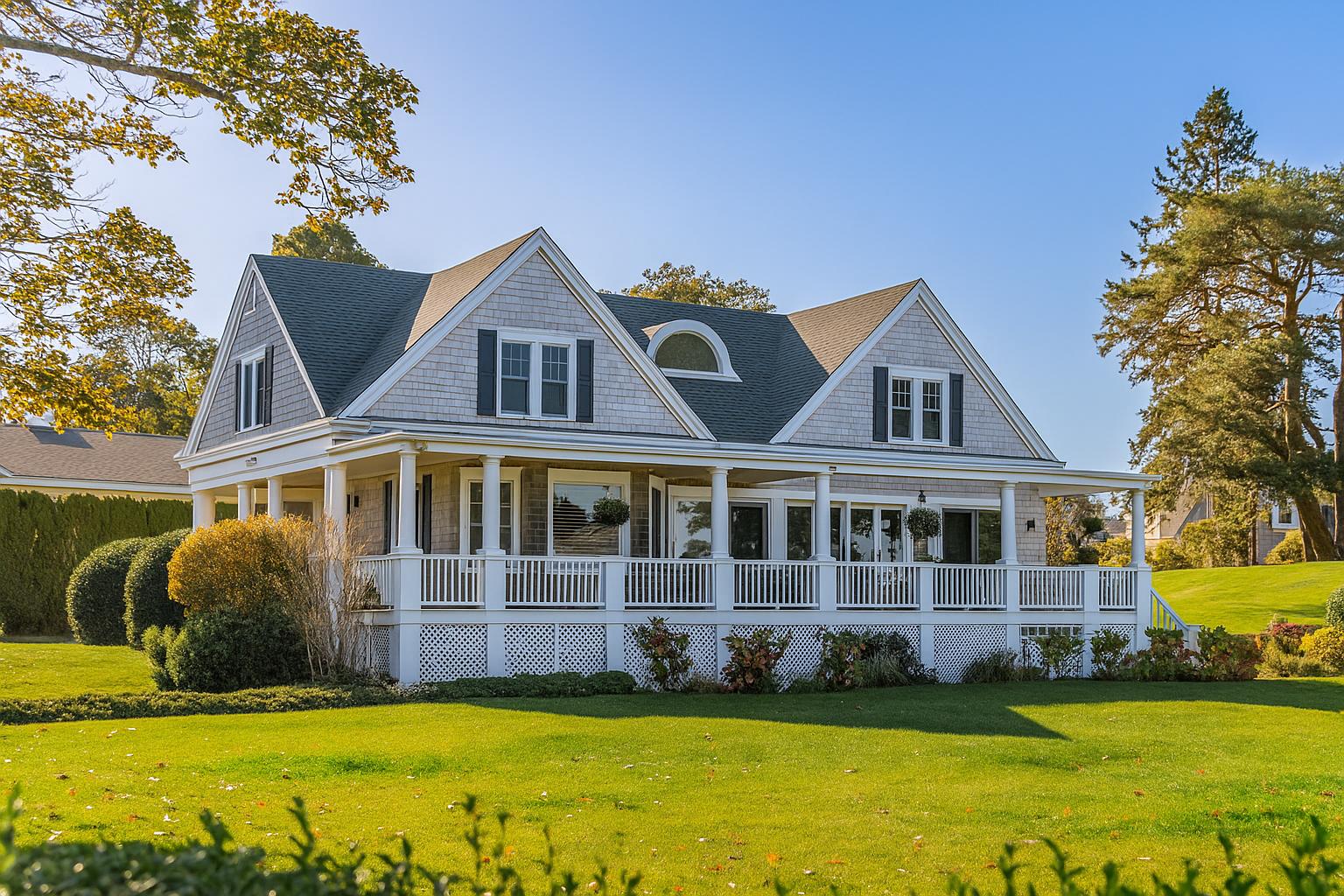
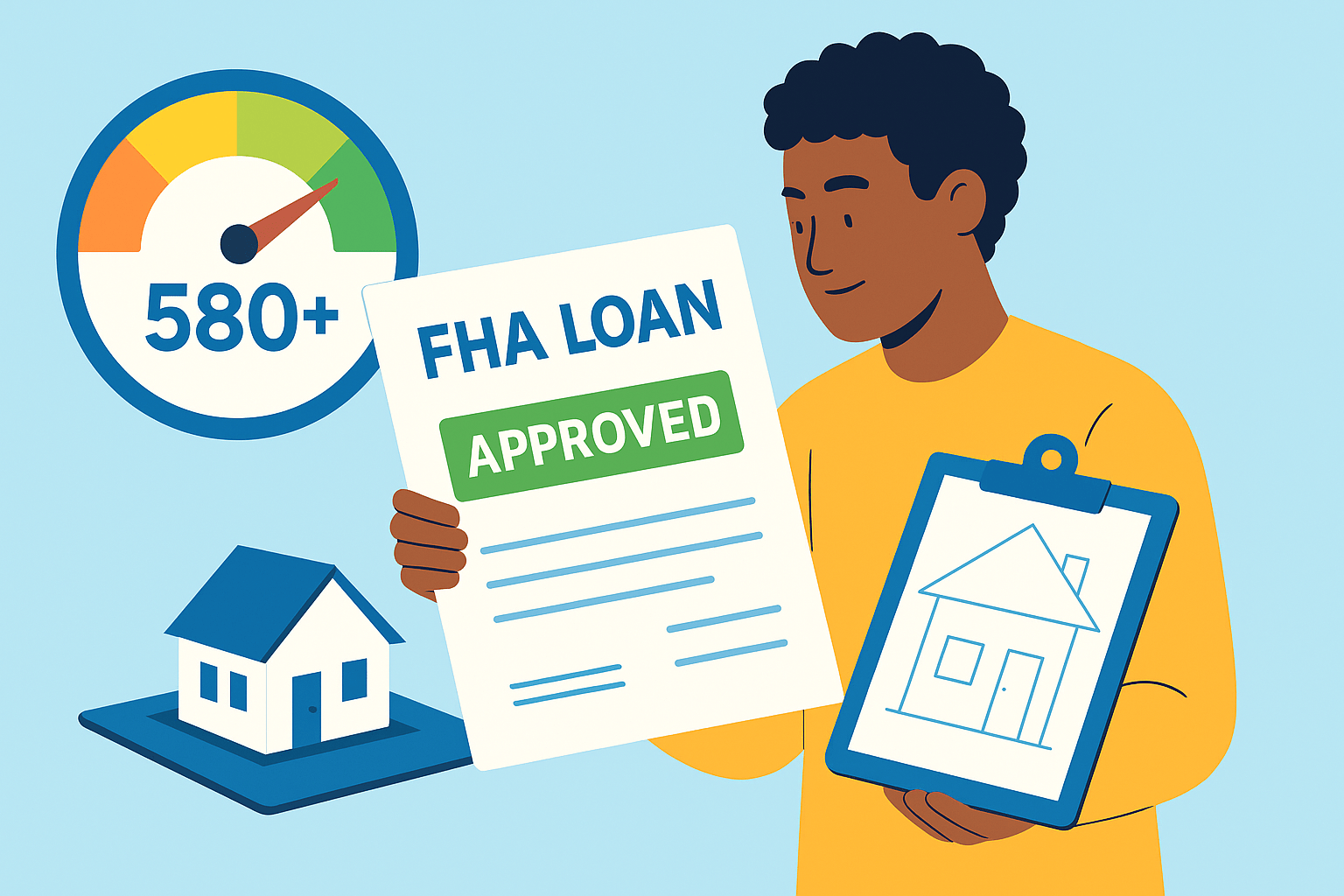
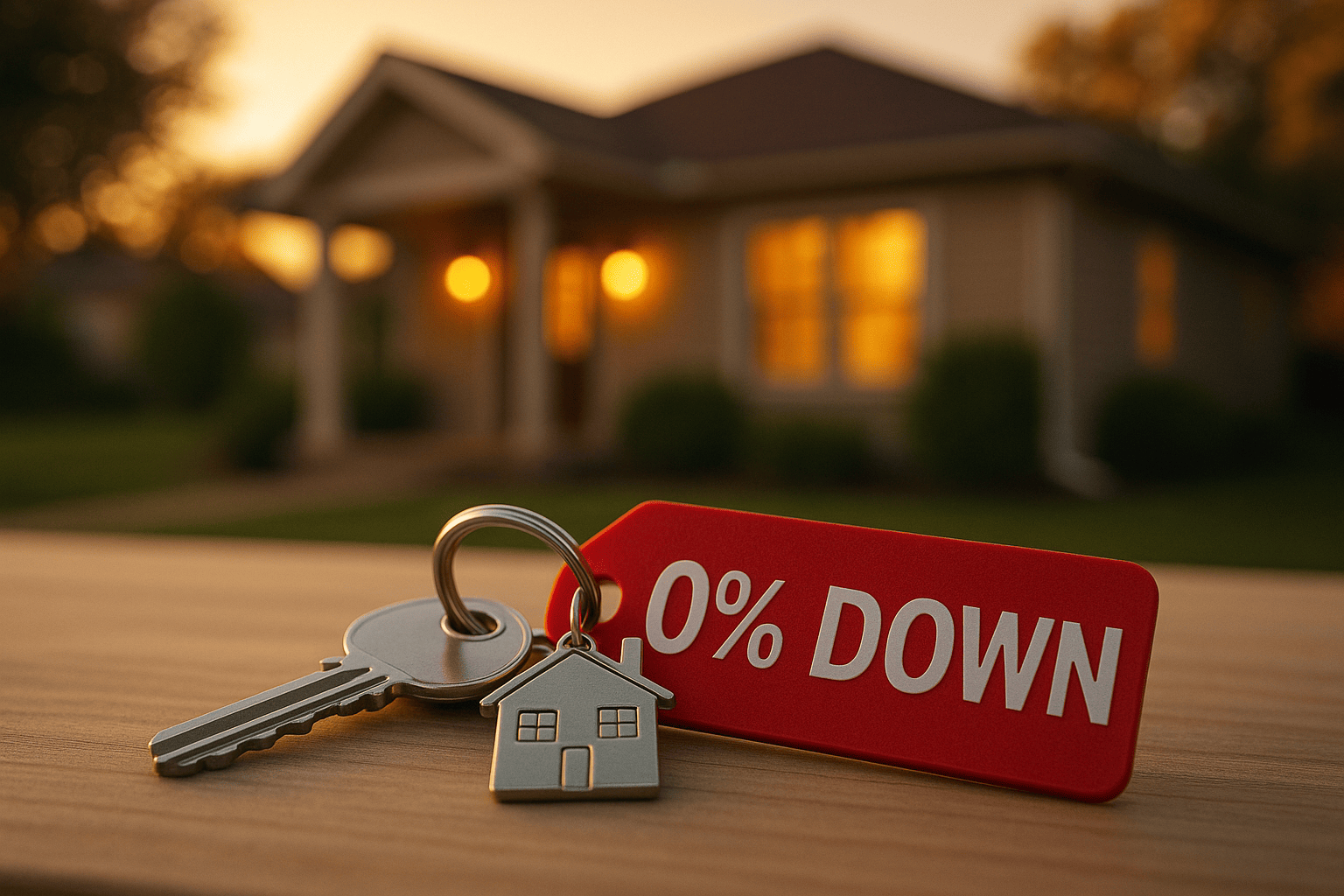

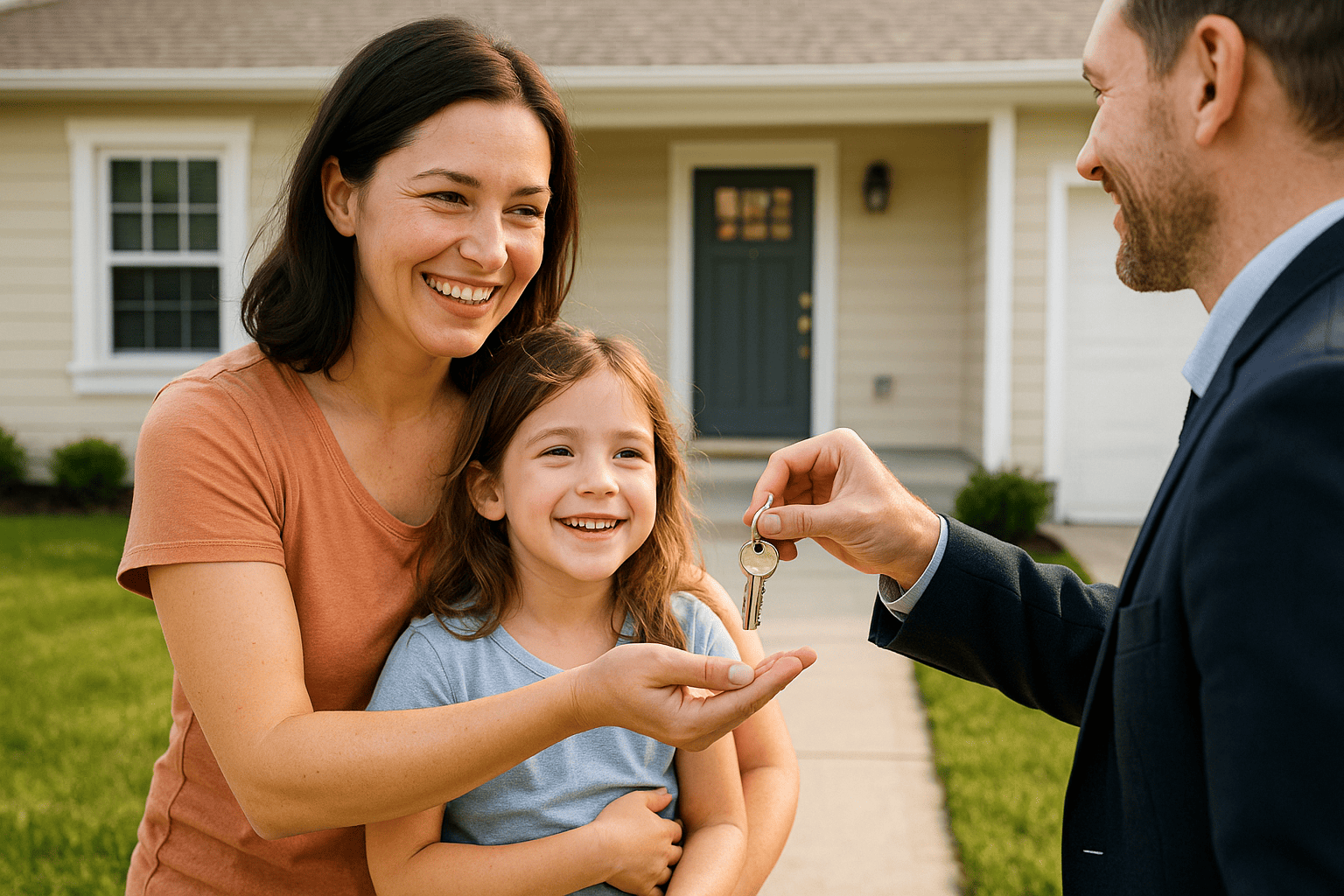


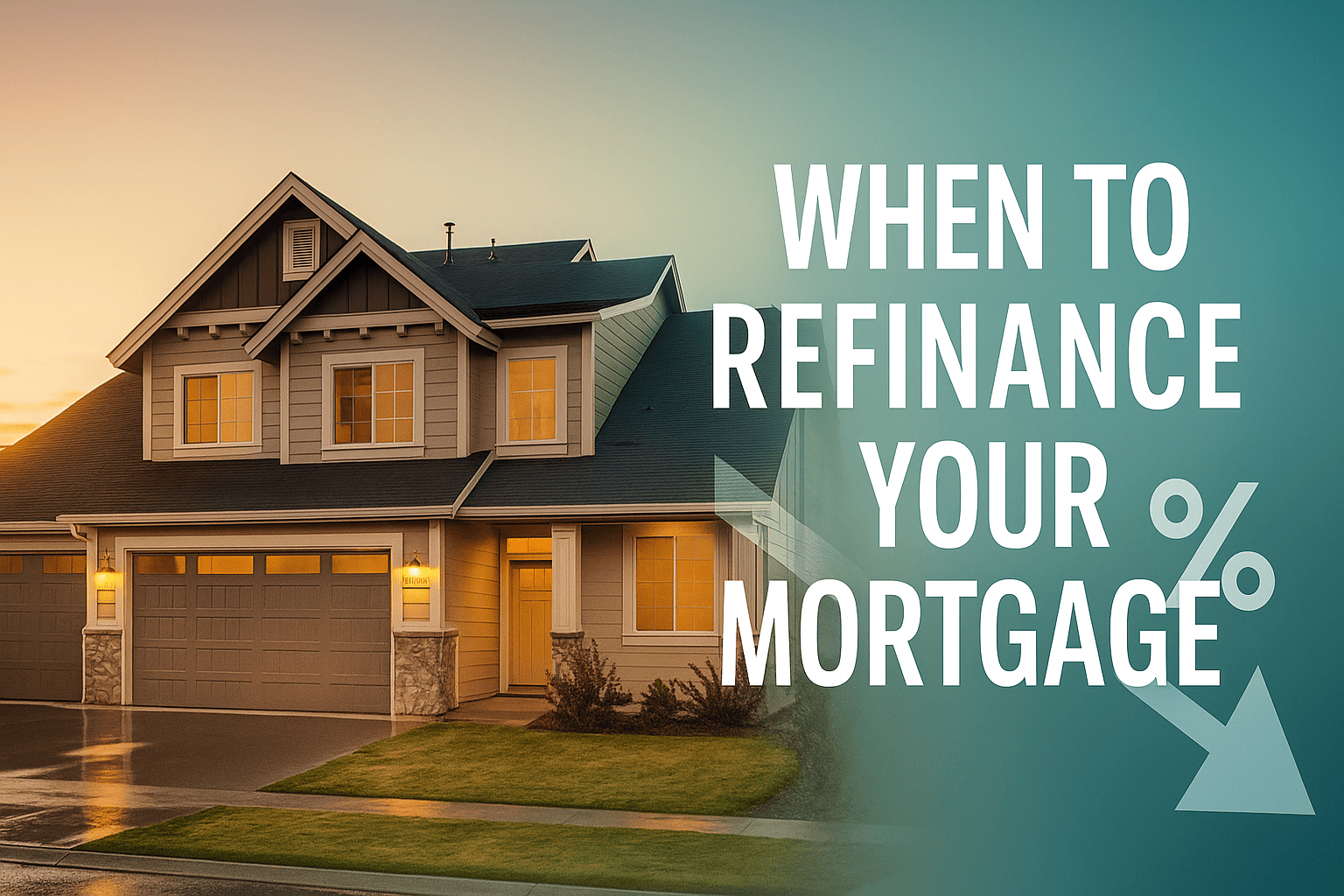
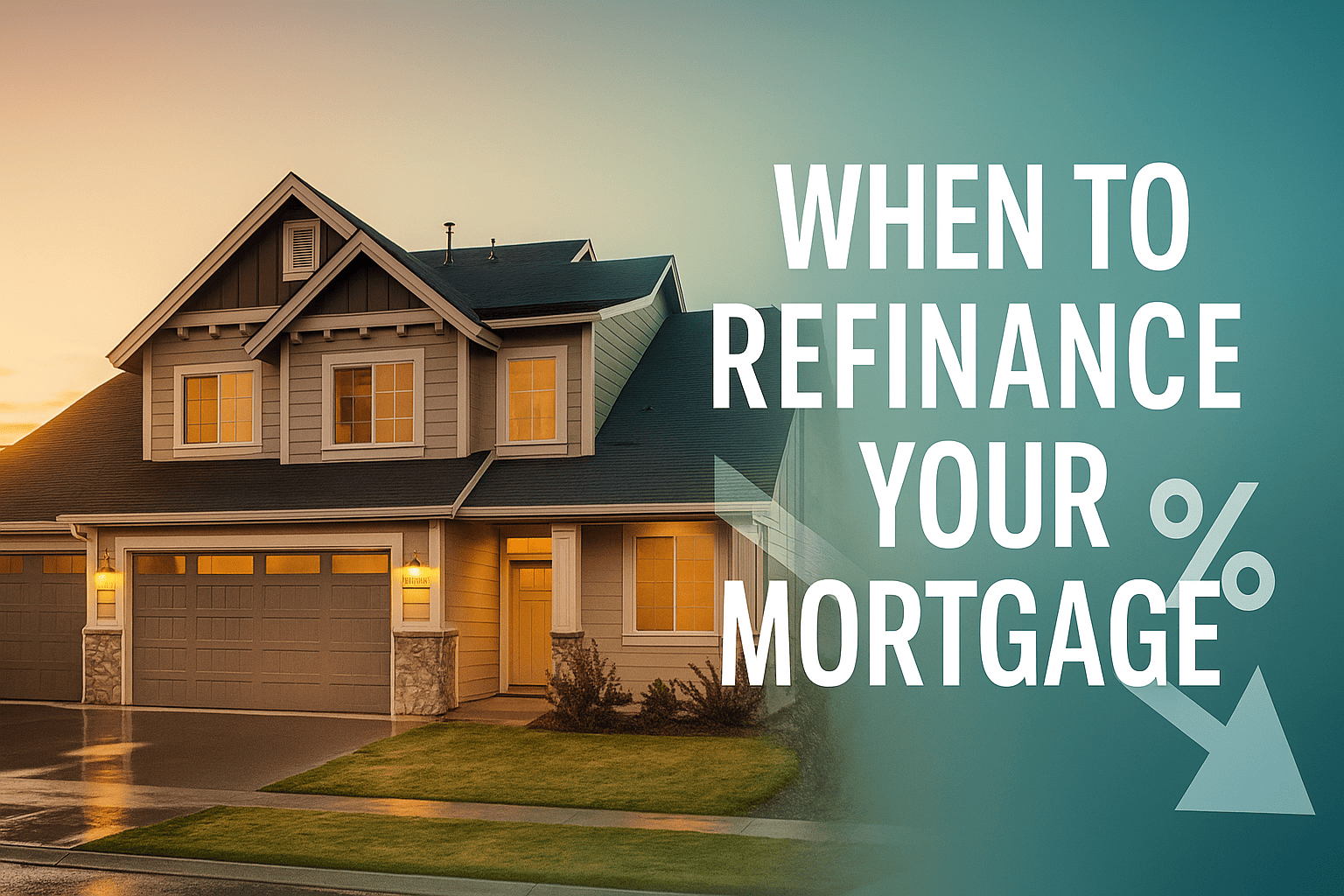


 Profile
Profile Password
Password Saved Properties
Saved Properties Sign Out
Sign Out
 +0.01
+0.01
 -0.15
-0.15

